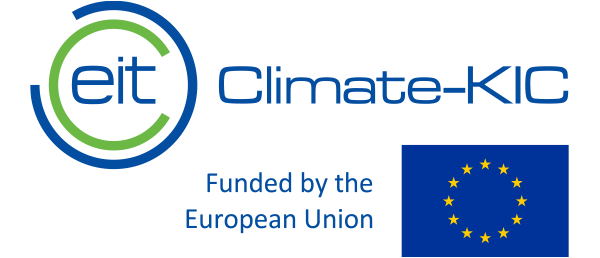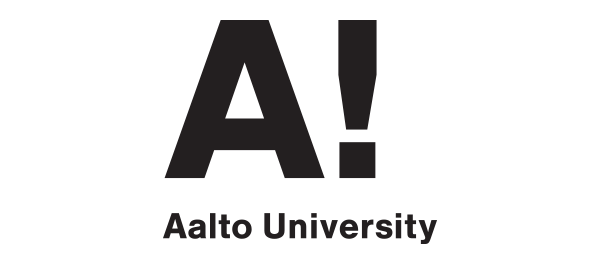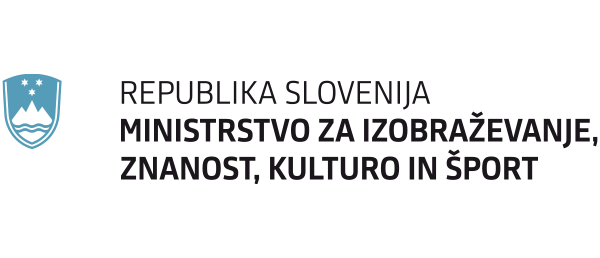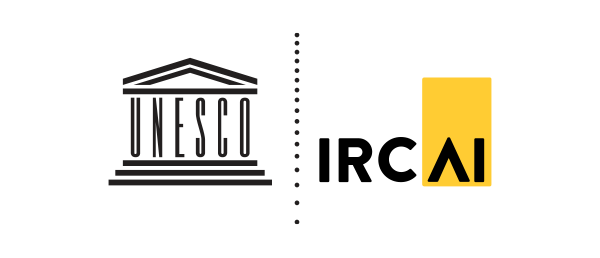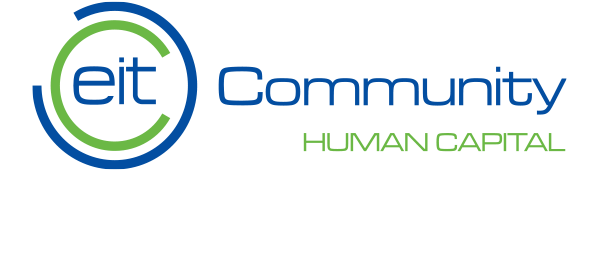
Top quality education, for anyone, anywhere
Mexico, like many other countries around the world, lacks in education greatly. But the reasons for this are sometimes obscure and cyclical, making it hard to find a solution to this multifaceted problem. Could there be a way to free not only 2, but multiple, metaphorical birds, with one key?
Team: Zamná
Members roles and background
Héctor Betancourt: Major in Mechatronics Engineering, Founder of the first Consulting Club in Mexico, Associate Consultant Intern at Bain & Company for 2023. CEO and CFO, overseeing strategic decisions and the finance aspects of the busineness.
Carlos Ramos: Bachelor in Math Education for Secondary, High School, and University. Consistently ranks top of his class at one of the best universities in the state. Comes from a family of teachers, and is proud to carry the family tradition.
Luis Cano: Major in Computer Science, he has been coding since high school, and has come to dominate multiple languages for mobile and game development. Plans on doing an internship at Unity in France in the coming years.
Contact details
Solution description
The hybrid solution consists of two parts: the Tablet and the Tutors. The Tablet comes with educational content preloaded onto it, so it can be used offline, and regardless of location or access to internet. The content itself can be divided into Government-required and Extracurricular, the first being all of the contents in the curriculum for a given graded, taught through videos, texts, and animations. Extracurricular content can be either an expansion on topics already required (Advanced Maths, for example) or topics entirely out of what is required, like Music, Programming, Personal Finances, Emotional Intelligence, etc. Both types of content come with gamified aspects, so that content retention is increased. Then we have Tutors, with whom the students can speak for an hour a week, to clarify complex topics that the videos weren't able to explain, or to practice with someone 1 on 1.
Solution context
Having frequent contact with teachers, parents, and students, the educational context of Mexico today has multiple hurdles on every direction: economically, teachers complain they don't make enough money, and parents complain that while the school itself is technically free, the cost of notebooks, utensils, uniforms, and school fees stack up to become quite expensive. Geographically, schools are often not near the students or the teachers, making continued education almost impossible. Structurally, kids often lag behind in manners that are not uniform, but they are kept pushing onwards, meanwhile learning nothing, because their way of learning is inflexible. Quality wise, while the content is technically sufficient, the poor infrastructure in schools and lack of capable of teachers means even this doesn't get taught.
Solution target group
There are two relevant demographics: the user, which is the student, and the buyer, which is the parent. Overall, both of them belong to a C socioeconomic level, and reside in a marginalized urban environment. This means they have their basic needs covered, like food and shelter, and even have a bit of money for miscellaneous purchases, but cannot afford the prohibitive costs of even public education. Likewise, this means the kids and the parents have cellphones, which means they are familiar with software to enough degree that adoption of the solution is feasable. These families earn around 15,000 pesos a month, or 680 euros, they understand the value of education but can't afford it (medium cultural level). Within this segment, our target in particular are kids that are homeschooled, or otherwise receive no formal education.
Solution impact
On the short term, the impact is better grades for the student, less lagging in education, and more peace of mind for the parents. This is easily measured through grades, and progress in the modules/courses. For the long term, however, the benefits are healthier and happier lifes, fulfilling jobs, and better citizens. This can be measured overtime, by comparing the average income of ex-users of the platform and kids that stayed in the regular educational system. Avergae income is not a silver bullet metric, but it's a good indicator of social and economical mobility, which correlates with a happier and healthier lifestyle.
Solution tweet text
A device for a hybrid, top quality learning experience at an affordable price, on the palm of your handSolution innovativeness
The innovation comes in multiple ways: first, the subscription business model makes it affordable, for a wide selection of people. Second, the extracurricular modules mean the quality and variety of the education is also not usually seen at these prices. Finally, the offline availability of the content means this can be used anywhere, anytime, and no extra costs need to be taken into account. Essentially, there's nothing on the market that is this good, this cheap, this accessible. There are competitors that have good prices, but lackluster content; excellent personalized content, but prohibitively expensive.
Solution transferability
While the intended groups are homeschooled individuals or individuals with no formal education, because all of the mandated concepts are included in the Tablet, this device could itself replace a public school, or serve as an extra booster for kids already in a public school for the extracurricular content.
Solution sustainability
The cost of the subscription to this service covers the costs of the tablet, content generation, SG&A, and transportation. The profits are then reinvested into the company to acquire further equipment, replace old/wasted devices, expand our catalogue of courses, etc. For the mid term, the project needs to expand to more marginalized communities, and covering more grades of education. For the long term, this project could not only gro to different countries, it could even go further into higher education, so that those previous students are now able to study careers that are today not available due to costs or lack of teachers.
Solution team work
We complimented each other very well, which meant our contributions were relevant and heard, since everyone had their own area of specialization. We would definetly do it again, and hopefully do it in the future.
* Climate-KIC publishes the proposed solutions developed during the DigiEduHack event solely for the purposes of facilitating public access to the information concerning ideas and shall not be liable regarding any intellectual property or other rights that might be claimed to pertain to the implementation or use any of the proposed solutions shared on its website neither does it represent that it has made any effort to identify any such rights. Climate-KIC cannot guarantee that the text of the proposed solution is an exact reproduction of the proposed solution. This database is general in character and where you want to use and develop a proposed solution further, this is permitted provided that you acknowledge the source and the team which worked on the solution by using the team’s name indicated on the website.


